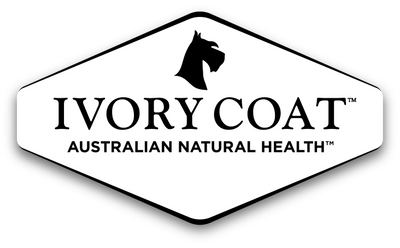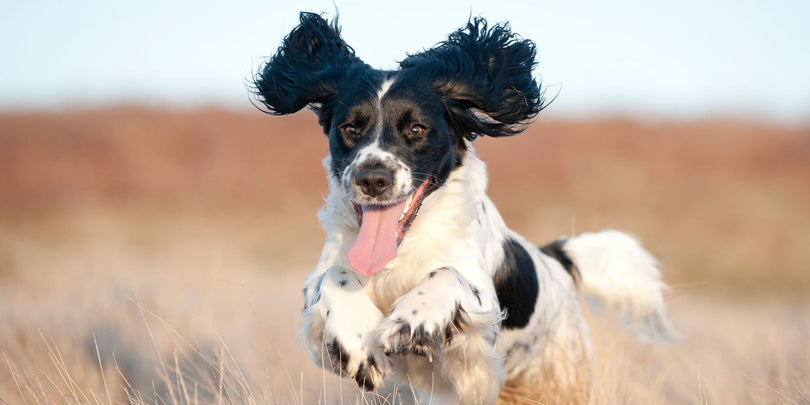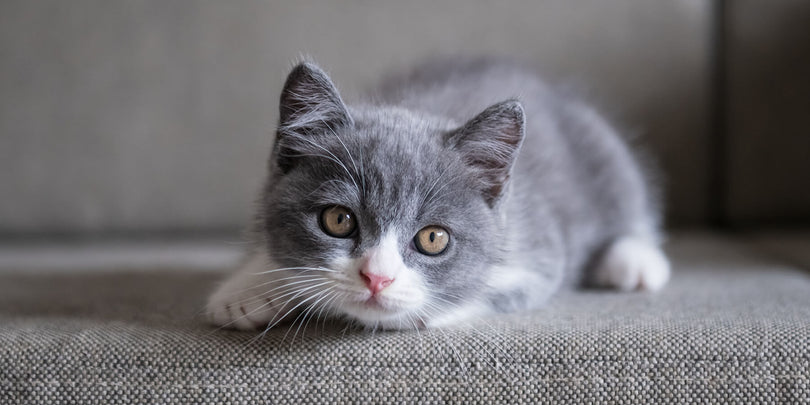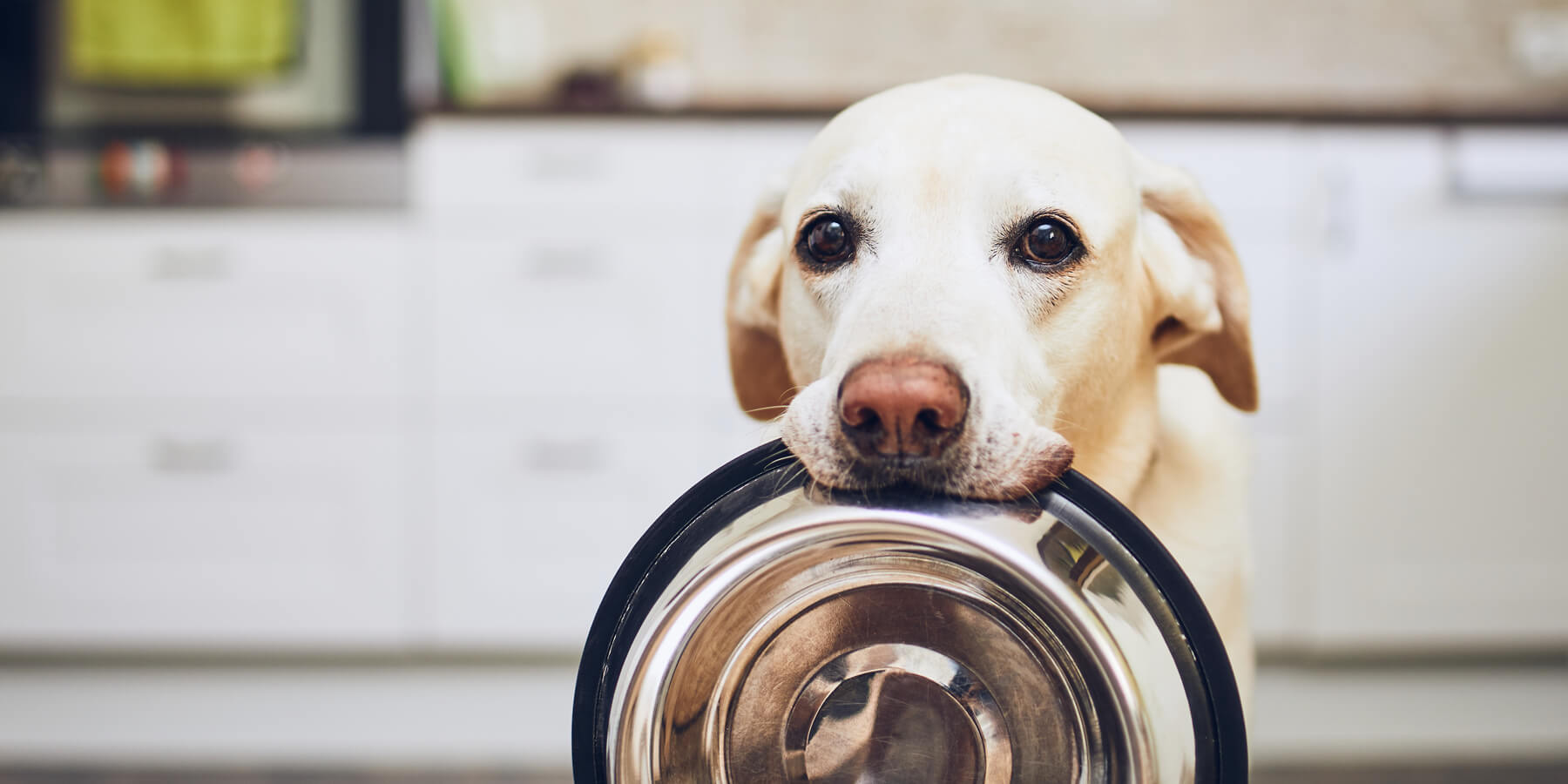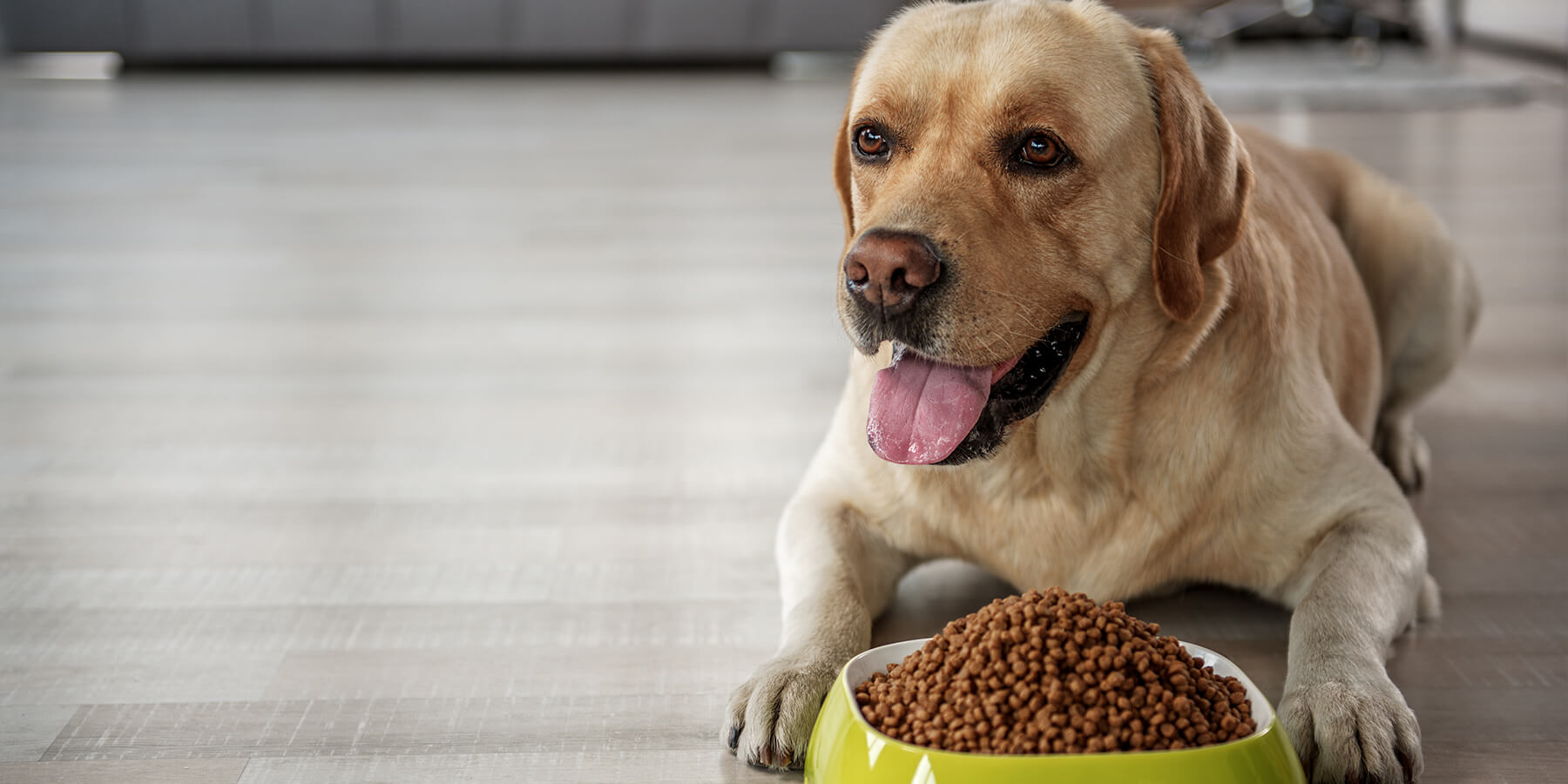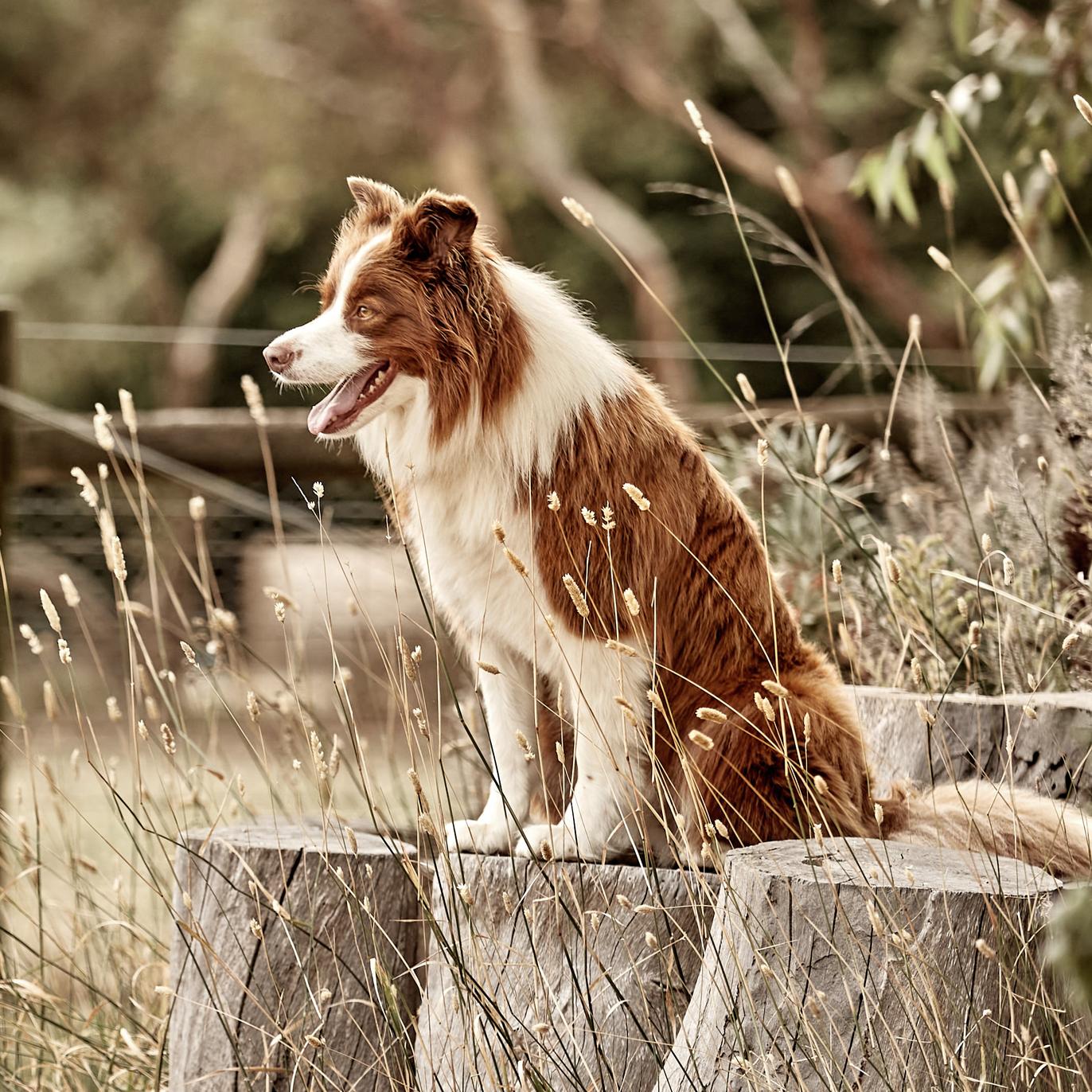Of course we want our furry family members to enjoy their food - but we also want it to be good for them. When it comes to feeding your pet, here are some handy tips to knOf course we want our furry family members to enjoy their food - but we also want it to be good for them. When it comes to feeding your pet, here are some handy tips to know whether their food is doing them good. Remember to seek help from your veterinarian if you are at all concerned about your pet’s health or wellbeing.
1. Complete and Balanced vs Complimentary
The first thing you want to consider when looking at a pet food is whether it is “complete” or “complementary.” Complete and Balanced Nutrition means exactly that - food that provides all the essential daily energy and nutrition requirements your pet needs.
Complementary foods are snacks, treats, and indulgences that may be a reward, meal topper, or functional food. These foods are not meant to be the main meal for your pet’s energy and nutrition.
A good rule of thumb to use is to not exceed 10% of your pet’s energy needs in treats. Any more than this and you may unknowingly be putting your pet at risk of becoming overweight. Remember, the more you treat your pet - the more you need to reduce the amount of their main meal to ensure their total calories remain in check.
2. Lifestage Appropriate
Did you know a growing puppy or kitten needs approximately twice as many calories than they do as an adult? They also need up to 150% more calcium and phosphorus to support their rapid growth. That’s why lifestage-specific nutrition is extremely important.
Failing to give your pet adequate nutrition in the right amounts during the puppy phase can have detrimental impacts later in life, such as:
- growth disorders
- mobility issues
- bone and joint disease
- poor organ health
- generally lower quality of life
- in extreme cases, shorter lifespan.
For dogs, depending on the size and breed, the puppy stage can last up to 12 months for smaller breeds or 24 months for giant breeds. For cats, the kitten stage is up to about 12 months. Puppy and kitten foods are formulated to cater to their higher energy requirements and nutritional needs. During this phase of rapid growth, it’s important to follow the feeding guidelines to ensure they are getting all they need in the right amount for their age and growth phase. It’s also a good idea at this stage to monitor their body weight. Optimal growth is key, not maximal growth.
Senior specific products may help to prolong their quality of life through energy balance, functional ingredients, high quality protein, and overall nutrient bioavailability (digestibility) of the food. As a pet ages, their energy requirements may change due to a reduction in activity. It is at this time the pet is at greatest risk of becoming overweight or obese. Excess weight causes strain on joints and organs, and health issues may arise. Once again, measuring their food appropriately and monitoring body condition are great habits to get into.
If you notice your older pet has trouble eating or is not as enthusiastic about their meal as they were in the earlier years, there are many methods to encourage them at meal times. For example, softer food textures may be needed if they have less teeth or sore gums. Water can be added to dry food to soften it, or you can look for a senior specific wet or fresh food.
For those senior pets who may have a diminished sense of smell, high moisture foods such as wet trays, cans, and rolls can be microwaved (though not too hot to burn their mouth!) to increase the aroma of the food. High moisture foods also are less calorie dense, so you can feed a higher volume of food with a lower risk of giving excess calories to maintain a healthy weight as they get older.
If you are at all concerned with your pet’s condition at a certain life stage, please consult your veterinarian for advice.
3. Ideal body condition
The best way to gauge proper body condition is to feel your pet’s body. Ideally, you cannot see the ribs and spine, but they are easily felt when you run your hands over your pet. Your pet will also have a visible waist. The feeding guide on the pack is there to help, but remember it is just that – a guide only, and you may need to increase or decrease their food accordingly.
To help your pet maintain an ideal body condition, the amount of food eaten should match its needs - ie, an active pet will need more energy than a sedentary one. Pet obesity is detrimental to your pet’s health and wellbeing, putting strain on their joints, organs and overall quality of life.
It can be very easy to overfeed a pet, especially if they use their big, pleading eyes to work their magic on you!
4. Good looking stools
Yes, there is such a thing as a good looking poo! Poo can provide a lot of information about the health of your pet and the quality of food given.
Ideally, poo should be small, firm-looking, but soft/moist if you picked it up and felt it. This tells you the essential nutrients have been effectively absorbed by your pet’s body. Abnormal poo is wet and sloppy or dry and crumbly. While poo can range in colour depending on what was eaten, it should be a shade of brown.
The quality of their diet tends to be seen through what comes out the back end… Significantly larger stools can be an indicator that the digestibility of the product is low and the pet may not be able to absorb all the nutrition they need from it. Hard stools may be an indicator that there is an imbalance of fibre type and amount in the food. This can also be caused by insufficient intake of water. Loose stools can be a result of too little fibre in the food, changing food too fast, eating foods not designed for dogs, or a medical issue. To give them the best looking poo on the block, look for products that contain a high quality fibre source such as wholegrains and prebiotic fibre types of inulin, chicory root and beet pulp.
Changing diets can impact your pet’s digestion and stool quality. Always remember to transition the new diet gradually over a week by mixing it with their existing diet. This method will aid your pet’s digestive system to adapt to the new food.
Always consult your vet if you see a dramatic change to your pet’s poo, and especially if you see things that shouldn’t be there such as blood, mucous or worms.
5. Physical Condition
You know your pet best, so you’re the best person to be watching out for any signs or symptoms of poor health they may exhibit. A healthy pet will have:
- A shiny and lustrous coat
- Bright and clear eyes
- Intact, healthy and non-irritated skin
- Adequate energy for their age and activity level, and overall good temperament.
Seek help from your veterinarian if you observe:
- Dull and patchy coat
- Eyes that are red, sore or have a visible discharge
- Irritated skin, visible flaking, redness, or itchiness
- Lethargic, aggravated behaviour, or visibly upset due over a digestive issue
6. Food that your pet enjoys
For many pets, half the battle is finding a good quality food that they’re actually happy to eat. There is no point buying the best food money can buy if the pet will not eat it.
If your pet is particular about their food, look to see if format, temperature, or flavour plays a role in their fussiness. To figure out what foods to try, ask yourself: Does your pet seem to like textural differentiation through chewing? Do they show disinterest in food from the fridge? Do they only ever eat one flavour?
Here are a few tips for dealing with a picky pet:
- Wet food can be heated to increase the aroma of the food (just make sure it’s at about room temperature to ensure it’s not too hot)
- Mixed feeding gives a great textural variation to the meal! Just remember to balance out the total energy of the meal so that they don’t over indulge.
- Dry food can provide interest through crunching, and is able to be left out for longer if the pet likes to come and go.
At IVORY COAT, we have a range of textures and flavours that are all Nutritionally Complete and Balanced for both dogs and cats. Whatever type of food your pet prefers and thrives on, there is a quality option you can offer that your pet will love.
